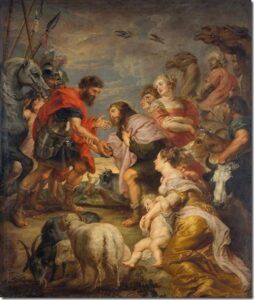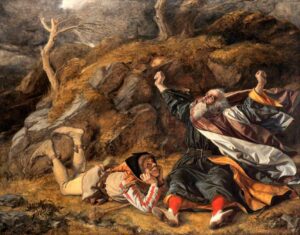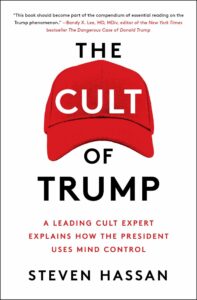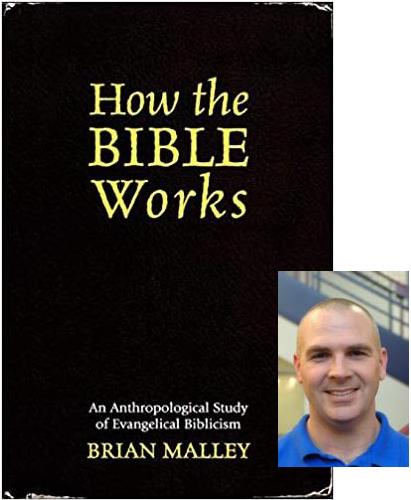 Serendipity in a local bookstore led me to read a new book on a subject I have been slow to understand for much of my life. I grew up with parents who deplored racism (they said so themselves) yet at the same time explained to me that the removal of aboriginal children from their families and placing them in missionary institutions was for their own good. At school we learned that the White Australia Policy at the time was not racist but was introduced to protect the wages and living standards of Australians.
Serendipity in a local bookstore led me to read a new book on a subject I have been slow to understand for much of my life. I grew up with parents who deplored racism (they said so themselves) yet at the same time explained to me that the removal of aboriginal children from their families and placing them in missionary institutions was for their own good. At school we learned that the White Australia Policy at the time was not racist but was introduced to protect the wages and living standards of Australians.
We know our histories have been bloodied with racism for centuries yet we seem so easily to think that our generation today is not widely racist. I wonder if some slave owners would have said they, too, were not at all racist because they believed they treated their slaves well.
Today, racists are easy enough to spot among fringe extremists. They advertise their hatred. Yet so often I have heard minorities speak of problems they face with racism in our society and fellow whites reply indignantly that there is very little racism. How there can be such opposing perceptions is something that has intrigued me and obliged me to dig deeper over the years into what, exactly, racism is.
Enter Why I’m No Longer Talking to White People about Race by Reni Eddo-Lodge. Reni writes from the heart of both her own experiences and background history she has read to understand what has brought us to today. I found many old thoughts and experiences of my own expressed in novel ways that set me on spirals of rethinking so much of what I have so long taken for granted.
The Preface alone pulls the reader up with a start (at least it did for this reader):
On 22 February 2014, I published a post on my blog. I titled it ‘Why I’m No Longer Talking to White People about Race’. It read:
I’m no longer engaging with white people on the topic of race. Not all white people, just the vast majority who refuse to accept the legitimacy of structural racism and its symptoms. I can no longer engage with the gulf of an emotional disconnect that white people display when a person of colour articulates their experience. You can see their eyes shut down and harden. It’s like treacle is poured into their ears, blocking up their ear canals. It’s like they can no longer hear us.
This emotional disconnect is the conclusion of living a life oblivious to the fact that their skin colour is the norm and all others deviate from it. . . . I just can’t engage with the bewilderment and the defensiveness as they try to grapple with the fact that not everyone experiences the world in the way that they do. They’ve never had to
think about what it means, in power terms, to be white, so any time they’re vaguely reminded of this fact, they interpret it as an affront. Their eyes glaze over in boredom or widen in indignation. Their mouths start twitching as they get defensive. Their throats open up as they try to interrupt, itching to talk over you but not really listen, because they need to let you know that you’ve got it wrong.. . . . Even if they can hear you, they’re not really listening. It’s like something happens to the words as they leave our mouths and reach their ears. The words hit a barrier of denial and they don’t get any further.
. . . . Watching The Color of Fear [a 1994 documentary about race] by Lee Mun Wah, I saw people of colour break down in tears as they struggled to convince a defiant white man that his words were enforcing and perpetuating a white racist standard on them. All the while he stared obliviously, completely confused by this pain, at best trivialising it, at worst ridiculing it.
. . . . So I can’t talk to white people about race any more because of the consequent denials, awkward cartwheels and mental acrobatics that they display when this is brought to their attention. Who really wants to be alerted to a structural system that benefits them at the expense of others?
I can no longer have this conversation, because we’re often coming at it from completely different places. I can’t have a conversation with them about the details of a problem if they don’t even recognise that the problem exists. Worse still is the white person who might be willing to entertain the possibility of said racism, but who thinks we enter this conversation as equals. We don’t.
. . . .
Amid every conversation about Nice White People feeling silenced by conversations about race, there is a sort of ironic and glaring lack of understanding or empathy for those of us who have been visibly marked out as different for our entire lives, and live the consequences. It’s truly a lifetime of self-censorship that people of colour have to live. . . . .
So I’m no longer talking to white people about race. . . . Their intent is often not to listen or learn, but to exert their power, to prove me wrong, to emotionally drain me, and to rebalance the status quo. I’m not talking to white people about race unless I absolutely have to. If there’s something like a media or conference appearance that means that someone might hear what I’m saying and feel less alone, then I’ll participate. But I’m no longer dealing with people who don’t want to hear it, wish to ridicule it and, frankly, don’t deserve it.
I always feel a bit uncomfortable when someone insists I am not understanding something. Maybe they are right. Maybe not. But I cannot let it pass and I must try to find out what it is I am told I am not understanding. Continue reading “RACISM (for those of us who cannot see it)”



















